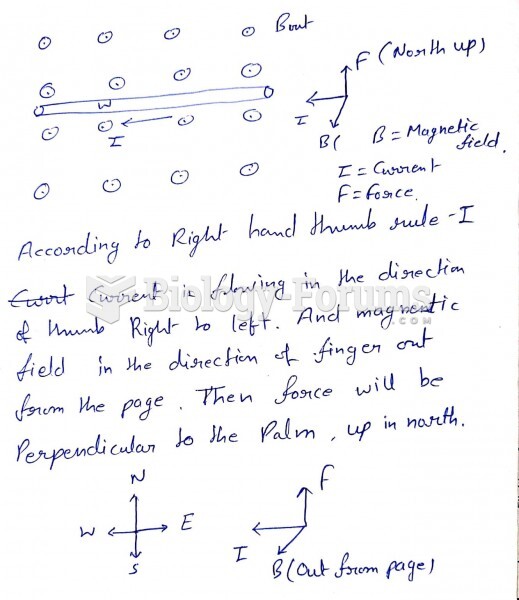|
|
|
In ancient Rome, many of the richer people in the population had lead-induced gout. The reason for this is unclear. Lead poisoning has also been linked to madness.
Methicillin-resistant Staphylococcus aureus or MRSA was discovered in 1961 in the United Kingdom. It if often referred to as a superbug. MRSA infections cause more deaths in the United States every year than AIDS.
Most fungi that pathogenically affect humans live in soil. If a person is not healthy, has an open wound, or is immunocompromised, a fungal infection can be very aggressive.
Asthma occurs in one in 11 children and in one in 12 adults. African Americans and Latinos have a higher risk for developing asthma than other groups.
Despite claims by manufacturers, the supplement known as Ginkgo biloba was shown in a study of more than 3,000 participants to be ineffective in reducing development of dementia and Alzheimer’s disease in older people.
 The direction of plant cell expansion is controlled by microfibrils and microtubules. Plant cells en
The direction of plant cell expansion is controlled by microfibrils and microtubules. Plant cells en
 The shut-off switch on a GM parallel hybrid truck is green because this system uses 42 volts instead ...
The shut-off switch on a GM parallel hybrid truck is green because this system uses 42 volts instead ...






